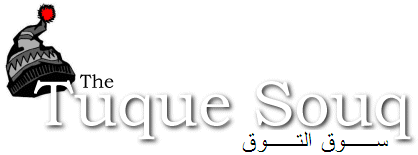In India I learned most of the local language at the School of Hard Knocks, otherwise known as the vegetable market. Elbowing my way through the horde of pickers, it was:
"I'll take that one, what do you call it?"
Brinjal.
"Ach-cha, I'll take chaari."*
What do they call them in your country?
"Aubergine. Or sometimes eggplant."
Egg. Plant?
The vegetable in question is native to southern India, where it was originally known as vatinganah (in Sanskrit). Legend holds that this word, broken up, literally means "fart, go away!" But this ain't true.
From India the purple perennial travelled west and became badinjāna (Persian) and الباذنجان (al-badhinjān; Arabic). In the 11th century Ibn Sina (aka Avicenna) observed that the badhinjān generates melancholy and obstructions.
In some modern Arabic dialects the word passes the ears as baydhinjān, which sounds like it derives from "egg" (baydh) or "house" (bayt) "of the devil" (ad-djinn).**
The veggie encroached upon Europe from two sides. In the west, Arabic influence led to the Spanish berenjena from whence came albergínia (Catalan) and aubergine (Middle French).
The Greeks went with melitzána from which the Italians took melongena (Latin) and later the modern melanzana, to which they ascribed an apocryphal etymology of mela inzana or "mad apple."
 |
| Actual 15th-century promotional poster of the Yiddish Aubergine Importers Cooperative |
And somewhere in all this running around, again probably via those intrepid Persians, the bulbous nightshade went to Armenia and became batilgian, which when correctly pronounced sounds exactly like "bottle-john."
Back east, the language of Hindi/Urdu evolved and vatinganah with the aid of Persian influence became brinjaul or brinjal. Indian migration carried brinjal to South Africa, and then further to the West Indies as brinjalle which was then folk-etymologized as "brown jolly."
The English took the French aubergine and, sometimes for fun, "mad apple" from the Italians. But it was the popularity of white aubergines (nee Eierfrucht in German) that eventually took over the English designation. This albino phenomenon, which grew yellowish or totally white and resembled a large egg, went north to Scandinavia, since the Norse and Icelandic word eggaldin is, like the German, literally "eggfruit."
But "fruit" was further generalized into "plant," perhaps to keep people from looking in trees to find them. The development of the Swedish and Danish Äggplanta is similar to what Americans did to get to eggplant.***
So what do they use brinjal for in your country?
"Well, we make baba ghanouj."
What is this?
"It's a Middle Eastern eggplant dip."
Where is the Middle East?
"Um, western Asia."
What is dip?
"Uh, cold curry that you eat with chips."
But your country is so cold. Why do you eat cold things?
[Still searching for an answer.]
* In Oriya ach-cha can mean "cool," and chaari is eka-duyi-tini-chaari (i.e. "four").
** In his legendary Arabic-English Lexicon (Book 1, p 145) the linguist Edward William Lane notes that among early Arabic nicknames for baadhinjaan were tuffaah al-hubbi ("love apple") and tuffaah dhahabi ("golden apple").
*** "Aubergine" in various other languages


No comments:
Post a Comment